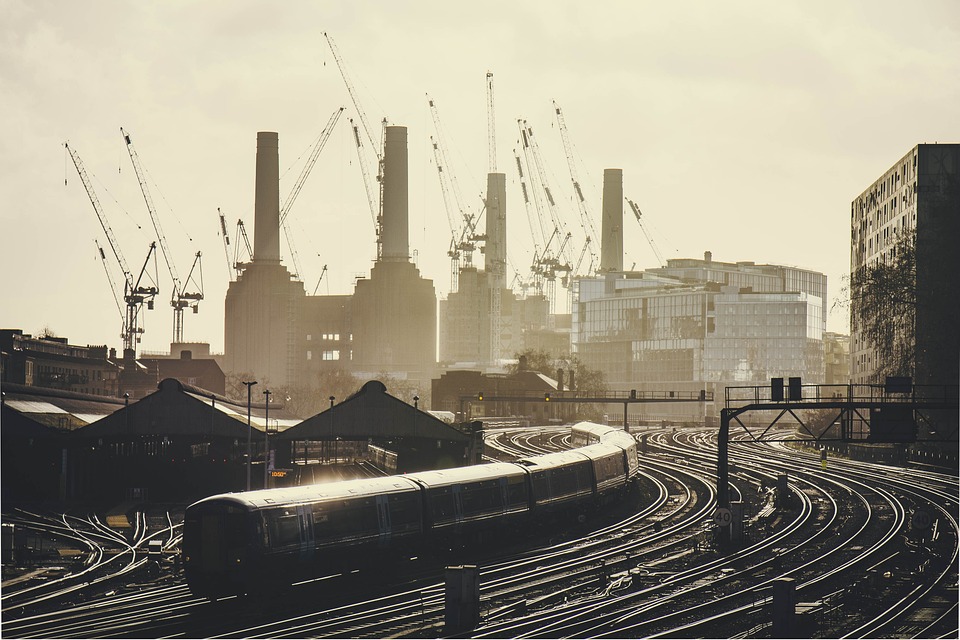
Los Angeles, the city of glamour and glitz, is also a city with an intricate power structure. From the mayor to city council members, and even influential community leaders and activists, there are various political players who hold significant sway in shaping the city’s policies and priorities.
At the top of the power structure is the mayor, currently Eric Garcetti. As the chief executive of the city, the mayor holds significant power in steering the city’s agenda and leading on crucial issues such as public safety, infrastructure, and economic development. In addition to their executive powers, the mayor also plays a key role in setting the tone for the city’s political and social climate.
The city council members are also crucial political players in Los Angeles. There are 15 council districts, each represented by a council member who has the authority to influence local policies and decisions that directly impact their constituents. As a collective body, the city council holds the power to pass legislation, approve the city’s budget, and provide oversight on various city agencies and departments.
In addition to the formal political figures, there are also influential community leaders and grassroots activists who play a vital role in shaping the city’s political landscape. These individuals often represent marginalized communities and advocate for policies and initiatives that address issues such as housing affordability, environmental justice, and police reform.
Furthermore, Los Angeles is also home to a vibrant and diverse business community that wields significant influence on local politics. From real estate developers to entertainment moguls, the city’s business leaders often leverage their wealth and connections to shape public policies and development projects that align with their interests.
Breaking down the power structure in Los Angeles requires understanding the complex web of relationships and alliances that exist between these various political players. Oftentimes, the alignment between the mayor, city council, community leaders, and business elites can determine the success or failure of key policy initiatives and development projects.
Moreover, the city’s power structure is also influenced by political organizations, labor unions, and advocacy groups that mobilize resources and support for candidates and causes that align with their respective agendas.
In recent years, there has been a growing call for more transparency and accountability in the city’s political processes, particularly in light of high-profile scandals and controversies that have rocked the local government. As a result, the public’s awareness and engagement in local politics have increased, leading to a more informed and mobilized electorate that holds political players accountable.
Breaking down the power structure in Los Angeles is an ongoing endeavor that requires vigilance and participation from residents, advocates, and community organizations. By understanding the dynamics of local politics and the various actors involved, the city can move towards a more equitable and responsive governance that represents the interests of all its residents.







